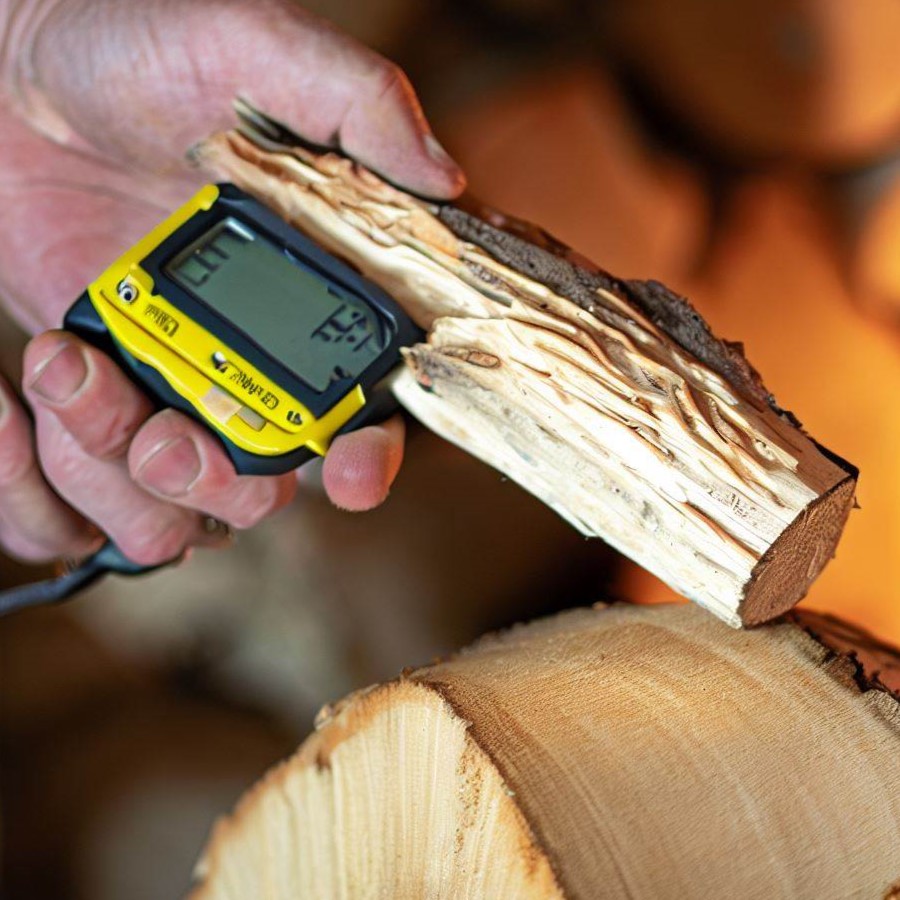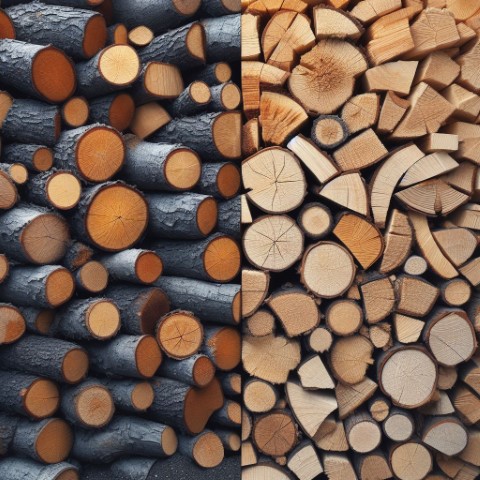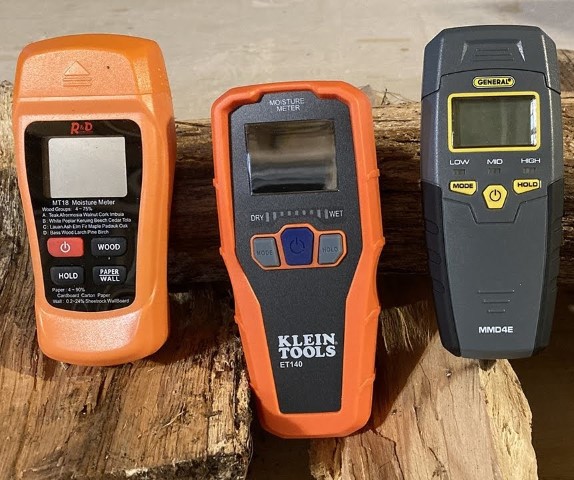How to check if your firewood is properly seasoned
Get the most from your firewood

Firewood is a great source of heat and ambiance for your fireplace, stove or campfire. But not all firewood is created equal. If you want to enjoy a cozy and efficient fire, you need to use firewood that is properly seasoned.
Seasoned firewood is wood that has been dried out for at least 12 months, preferably longer, to reduce its moisture content to below 20%. Seasoned firewood burns hotter, cleaner and longer than green or wet wood, which can produce more smoke, creosote and ash.
But how can you tell if your firewood is seasoned or not? Here are some tips to help you identify seasoned firewood by its appearance, weight and sound.
Appearance
Seasoned firewood will have a darker and duller color than green or fresh-cut wood, which will have a brighter and more vibrant hue. Seasoned wood will also have cracks or splits at the ends, indicating that it has dried out and shrunk. The bark of seasoned wood will be loose and easy to peel off, while the bark of green wood will be tight and hard to remove.
Another way to check the appearance of your firewood is to look for signs of insects or fungus. If you see any bugs, holes, mold or rot in your wood, it means that it has been exposed to moisture and may not be fully dry. Avoid using such wood as it can be harmful to your health and your fireplace.
Here are some examples of what seasoned and unseasoned firewood look like:

Weight
Seasoned firewood will be lighter in weight than green or wet wood, because it has lost a lot of water during the drying process. You can compare the weight of two pieces of wood of similar size and shape by lifting them with your hands or by knocking them together. Seasoned wood will feel lighter and sound hollow, while green wood will feel heavier and sound dull.
Sound
Seasoned firewood will make a clear and crisp sound when you hit two pieces together, while green or wet wood will make a dull and thud sound. You can also listen for any hissing or sizzling noises when you burn your wood. These noises indicate that there is still moisture in the wood, which will reduce its burning efficiency and quality.
Moisture meter
If you want to be more precise and accurate in determining the moisture content of your firewood, you can use a moisture meter. A moisture meter is a device that measures the electrical resistance of wood, which varies depending on how much water it contains. You can insert the probes of the meter into the end or the side of a piece of wood and read the percentage on the display.
A moisture meter can help you verify if your firewood is seasoned or not
The ideal moisture content for firewood is between 15% and 20%. Anything higher than that means that the wood is not fully seasoned and may not burn well. Anything lower than that means that the wood is too dry and may burn too fast.
You can buy a moisture meter online or at your local hardware store. They are relatively inexpensive and easy to use. Here are some examples of moisture meters that you can use for your firewood:

Conclusion
Using seasoned firewood is essential for having a safe and enjoyable fire experience. Seasoned firewood will burn hotter, cleaner and longer than green or wet wood, which can cause problems for your health and your fireplace
You can tell if your firewood is seasoned or not by looking at its appearance, weight and sound. You can also use a moisture meter to measure its exact moisture content. By following these tips, you can ensure that you have quality firewood for your next fire
